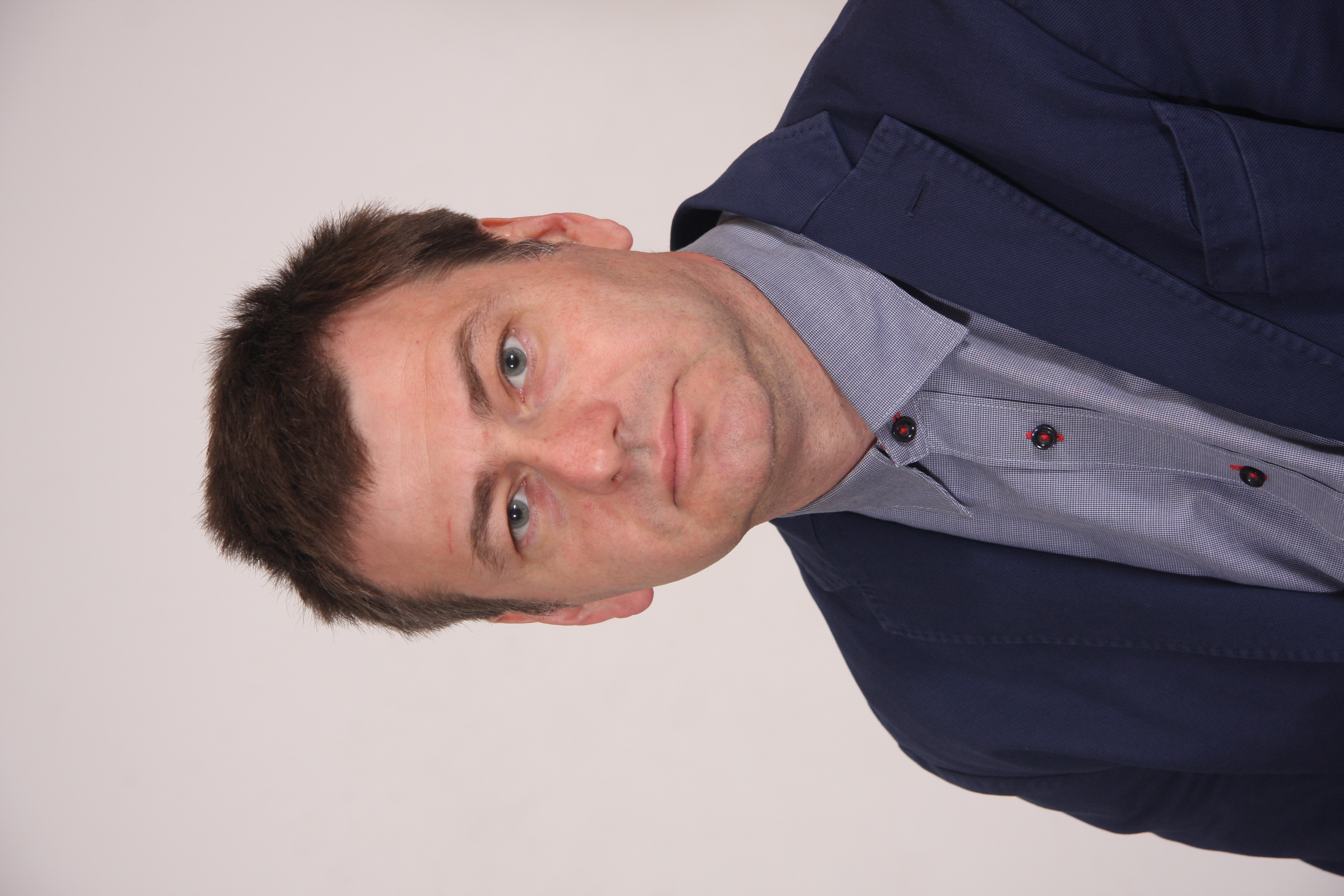

20th Scientific Congress of BgDA
Афтозен стоматит - диференциална диагноза и подходи за лечение
A large number of saprophytic and pathogenic microorganisms can be found in the oral cavity. A significant part of them pose the danger of the development of local infections, which can sometimes develop into systemic ones. Due to the open invasive nature of the procedures used in routine dental practice, the risk of infection is increased. It is important to know that danger is causes by diverse factors - both for the patient and for the treating specialist, for the staff, as well as for the coming patients.
The main channel of infection in dental practice is the direct contact with saliva or blood; the infection can also be transmitted by airborne pathogens, through exhaled air. The quantity and virulence of the microorganisms are important, as well as the state of the immune system of the patient and the dentist.
Oral lesions (erosions and ulcers) are common in the oropharyngeal mucosa. Although erosion is damage only to the mucosa, while ulcers affect lamina propria (ulcers are usually painful, covered with a whitish pseudomembrane surrounded by an inflammatory halo), often no distinction is made between the two lesions. Mouth lesions can be caused by various physical, chemical or infectious irritants, but can also be the result of immune or nutritional deficiency, systemic disease, or an allergic condition.
Aphthous lesions occur due to or during the evolution of vesicular-bullous lesions in the oral cavity. They consist of a diverse group of diseases, including hand-foot-mouth disease, herpangina, primary herpetic stomatitis, recurrent herpetic stomatitis, Ebstein-Barr virus infection, a cytomegalovirus infection and others.
We will focus on the manifestations in the oral cavity of these diseases, the general symptoms, patient complaints, differential diagnosis and possible treatment regimens.

Prof. Dr. Vladimir Emanuilov Panov
Dr. Panov graduated from the Faculty of Dental Medicine at the Medical University of Sofia in 2001. In 2009 he became an assistant professor in the Department of Conservative Dentistry and Pediatric Dentistry at the Medical University of Varna. From 2013 to 2021 he was a head of the Department of Conservative Dentistry and Oral Pathology, and from 2014 to 2016 he was also a head of the Department of Pediatric Dental Medicine, Dental Medicine Faculty at Medical University Varna. He defended his dissertation for obtaining the degree “Doctor of Medical Sciences” in 2016. He has been a professor since 2017. He conducts lecture courses for students of Dental Medicine both in Bulgarian and English in the disciplines: Oral Pathology and Conservative Dentistry. He has been a scientific supervisor to eleven doctoral students, all of whom have successfully defended their dissertations, and three of them have further acquired the academic position of "associate professor". He specializes in “Dental Clinical Allergology” and “Operative Dentistry and Endodontics”. He is holder of the badge of honor "Signum Laudis Pro Scienmeritis". He is the author of over 120 publications; has participated in the compilation of 9 textbook; has produced 3 monographs, and 2 manuals. His impact factor from publications and participation in various for a is over 36, the citations of his publications are over 500, he has led 6 funded research projects. Vl. Panov is a co-founder of the Bulgarian Association of Oral Medicine and Editor-in-Chief of Medinform-Journal of Medical and Dental Practice.
back to 20th Scientific Congress of BgDA